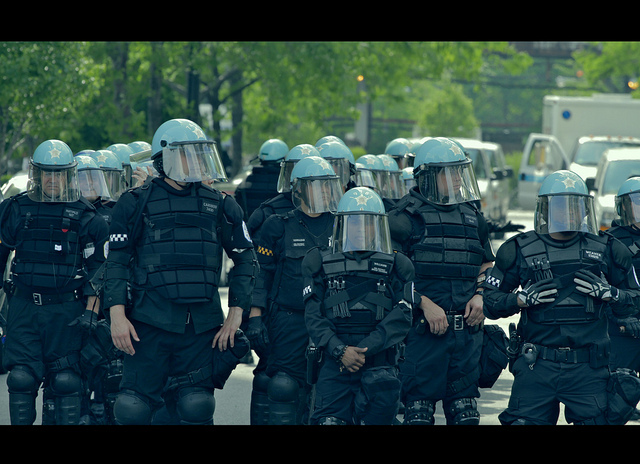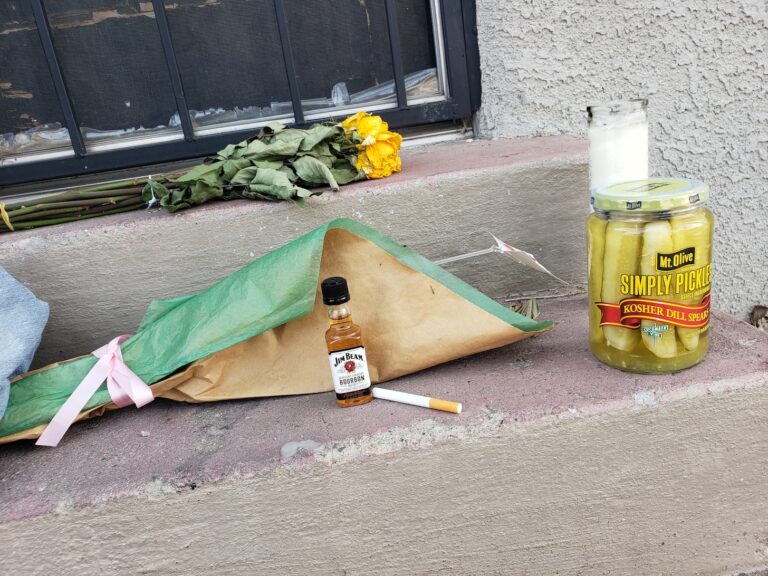It’s a good thing more Americans are getting their news from alternative media. The old guard seems to be waging a coordinated campaign to prove it can’t be trusted.2010 marked a major turning point in the distribution of news: It was the first year more Americans got their news online than from daily newspapers. Judging by newspapers’ behavior, traditional media has no one to blame but itself.Late May’s NATO summit in Chicago demonstrates perfectly the widening gap between observable reality and what’s reported in mainstream media. I traveled to the City of Wind to film and take part in the protest against NATO-driven wars. I watched as dozens of decorated veterans from the wars in Iraq and Afghanistan climbed up on a stage and, one by one, symbolically returned their medals to NATO. The image of veterans flinging their medals in the direction of McCormick Place, where the summit was held, provided an incredibly strong statement that I will never forget. As powerful as that was, the act was far overshadowed by the violence immediately afterward.As soon as the last veteran left the stage, the police announced they were clearing the intersection. Lines of riot police, seven to 10 officers deep, began pushing protesters backward. Many people decided to stand their ground.This is where the accepted media narrative of the protests begins to depart from reality.When the summit was over, the Chicago Sun-Times ‘ front page carried the headline, “The city that worked,” along with a picture of a woman kissing a police officer on the cheek. A subhead crowed, “So much for 1968,” a reference to the violence perpetrated by police on protesters during the Democratic National Convention in Chicago. While it’s true that the police reaction during the NATO summit didn’t constitute a 1968-style police riot, law enforcement’s actions in 2012 didn’t coincide with anyone’s idea of a free country. In the interest of moving peaceful protesters out of the intersection, the police spilled more blood than I’ve ever seen in my admittedly sheltered life.I saw a guy with a camera and a visible press pass, blood streaming down his face from a police baton strike. I saw an old man being crushed against a light pole by a line of riot police who wouldn’t stop marching forward, even though he and dozens of others physically couldn’t move back any further. I saw a guy take a baton to the face while he had his hands up and yelled, “I’m trying to leave!” And yes, I saw protesters provoking police with taunts, and even tearing down a barricade. I saw protesters throw empty water bottles at the officers and yell epithets. But I didn’t encounter a single person who could have posed a safety threat to the police. Instead I saw a militarized force use violence on a group of unarmed Americans.By the time the intersection was cleared, almost everyone who hadn’t been arrested was covered in his or her own blood. But the Sun-Times reported that “police officers well-equipped, well-trained and smartly instructed to turn the other cheek kept arrests and confrontations to a minimum.”This isn’t a problem exclusive to one newspaper. The other major daily, the Chicago Tribune , had a remarkably similar take on the summit, proclaiming “Chicago didn’t devolve into 1968 redux” in a story titled “Summit ends without giving Chicago a black eye.” Pointing to the broader nature of the problem of media blindness, the Tribune also carried a story titled “Foreign journalists favorably impressed,” the gist of which is that visiting reporters didn’t care so much about what the police did, they just liked the beautiful Chicago architecture.This lack of concern for police brutality is evident in all the largest, nationally distributed newspapers in the U.S. The Washington Post ran one story called “Chicago Police Department praised by many for handling of NATO summit protests.” The New York Times ran a story about the violence, characterizing the standoff as a battle between police and violent, unruly protesters. The Los Angeles Times remarked, “It’s not immediately clear how the clashes around Michigan Avenue and Cermak Road began.”All of which goes a long way toward explaining why more Americans get their news from the Internet than from newspapers. It’s the same reason why Facebook and Twitter were considered instrumental in the Arab Spring uprisings. While the Chicago Tribune was editorializing that the police “did do a remarkable job,” my Facebook feed showed me a picture of a protester dressed in a poncho, thick rivulets of blood streaming down his face, with the caption “ABC NEWS SHOW THIS YOU FUCKERS!”Grassroots Internet media is quickly moving to fill the gap left by a mainstream press with no interest in acting as a watchdog. I’ve learned to trust occupywallst.org far more than anything I see on TV. Raw video, sometimes two hours long, can be quickly posted on YouTube to give a truly unbiased account of what happened during a protest. Activists all over the country have caught on.With readership continuing to fall, the mainstream media better learn what the citizenry already knows, or physical newspapers may soon be nothing more than a footnote in history.
Andrew Beale is a participant in (Un)occupy Albuquerque, but he does not speak on behalf of the movement.The views expressed are solely those of the author.




